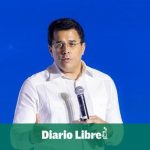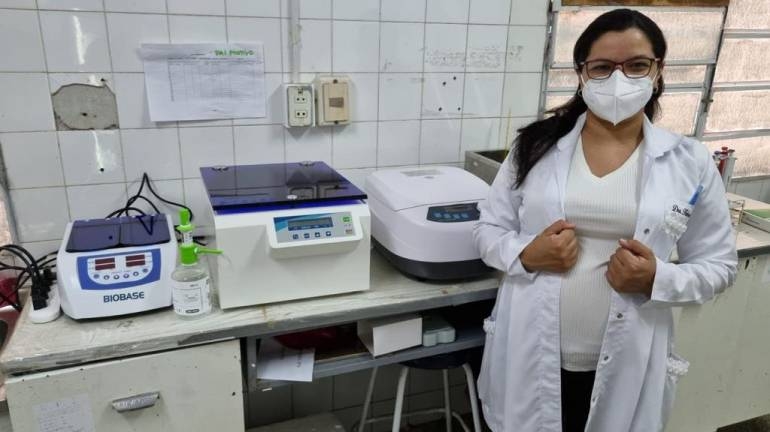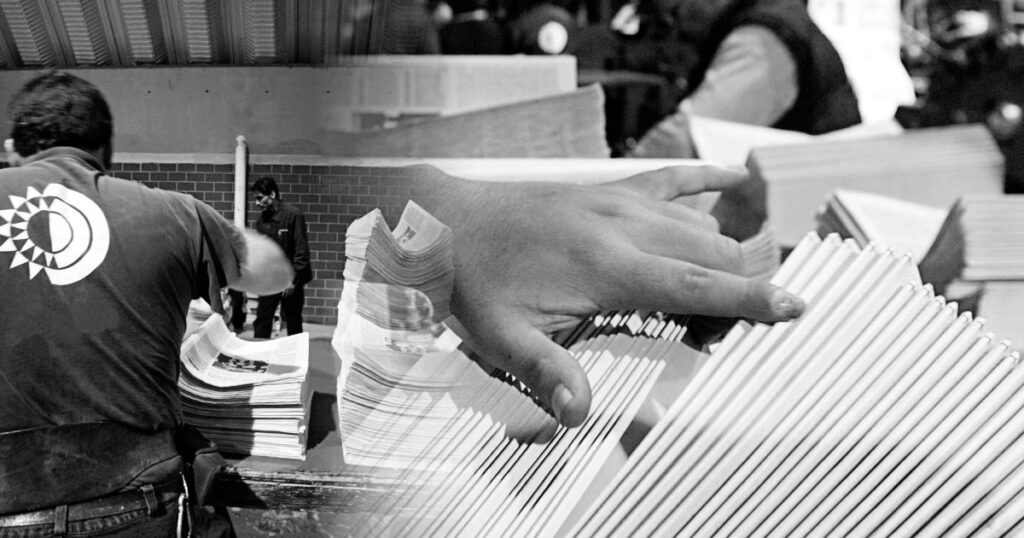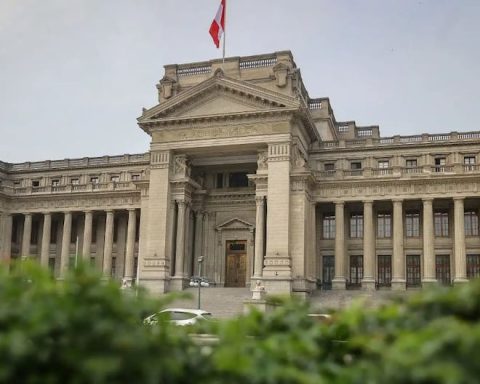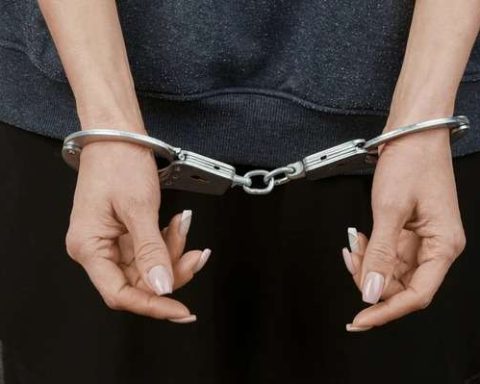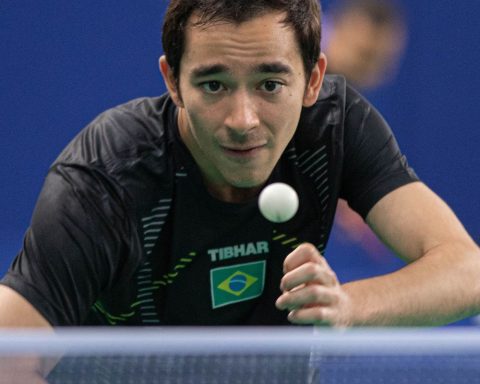Since his great-grandfather began to cultivate tobacco leaves in the fields of Viñales, Yurisniel Cabrera, his father and grandfather have followed this tradition so that Cuba can produce its emblematic cigars, but this year the harvest will decrease due to lack of fertilizers.
Next to his father and uncle, this 35-year-old peasant cuts the tobacco leaf at the foot of a mogote, one of the magical rock formations that look like mountains and that abound in Viñales, in the western end of Cuba.
After months of preparing the land, planting it and starting to harvest, Yurisniel warns that this year the quality of the crop will not be as good and the volume of sales will decrease.
“It could not be removed because there was a lack of fertilizer and pesticide for insects.” The leaf “is not of sufficient quality,” she says, skilfully sliding a row of leaves from her arm onto a cuje, as they call the wooden rod used to dry tobacco.
The leaves are hung on cujes stored one above the other in the tobacco house, a rustic wooden construction located with a precise orientation so that the drying is aided by the sun, the air and the humidity.
Like most farmers in Pinar del Río, where 65% of Cuba’s tobacco is produced, Yurisniel’s family sells 95% of its production to a state company. The remaining 5% is for self-consumption.
Guava, honey and rum
Curing the dried leaves to roll the family’s cigars is quite a ritual.
“We take guava leaves, honey, rum and the tobacco vein, we put it in water in a stew,” and then dip the dried tobacco in that infusion and store it in packages for six months before it is ready for smokers, he says. revealing your recipe.
The cigar is a luxury item. A cigar smoked in an hour can cost more than 10 dollars.
For the season that began last October and ends in May, this family planted 25,000 tobacco plants, however, Yurisniel confesses that at most he will be able to collect 12 quintals (552 kilograms) of tobacco leaf, well below the 20 of the last year.
The state company Tabacuba, which buys the entire harvest in the country, will determine the price according to the quality of the leaf, he explains without great expectations.
The best leaves will be for the wrapper, the outer wrapper of the cigar, and the darkest for the interior.
Last year his family received about 4,000 pesos for each quintal, which is equivalent to 166 dollars at the official exchange rate of 24 pesos per dollar. But the informal market, the one that marks the real life of Cubans, establishes that 100 pesos are needed to buy a dollar, so Cabrera sold each quintal for 40 dollars.
Authorities from the province of Pinar del Río, where Viñales is located, announced in December that the cultivation area would decrease due to the lack of fertilizers, due to the complex economic situation that the country is going through, the Granma newspaper published.
According to official figures, the extension of hectares cultivated with tobacco throughout the island has decreased since 2017 from about 19,000 hectares planted to 15,500 in 2020.
While the harvest fell from almost 32,000 tons in 2017 to 25,800 in 2020.
With an 11% economic collapse in 2020 and a slight 2% recovery in 2021, Cuba is facing its worst economic crisis in almost 30 years and imported products such as fertilizers are increasingly scarce.
Nitrate did not enter
Peasants in many cases lack machinery and instruments to work the fields.
Near Viñales, in the community of San Juan y Martínez, Liván Aguiar, a 49-year-old farmer, planted 50,000 tobacco plants this season, on land that the State gives him in usufruct.
“I have to buy all the product from them (authorities), they give me the fertilizer, the fungicide, everything is sold (…) at the end of the harvest they charge me for everything,” says Aguiar, cutting leaves from his bushes.
Aguiar expresses his concern about the lack of chemicals for tobacco production because it will affect the color and size of the leaf. “This year the nitrate did not enter, there is no nitrate for work.”
However, he is more optimistic because he says that they can pay him up to 8,500 pesos per quintal and he hopes to collect about 65 quintals.
Next to Forastero, an ox that pulls a wooden harrow full of freshly cut leaves to take it to the tobacco house, declares himself satisfied, despite the setbacks: “I was born for this, whoever is born for the fields is for field.

